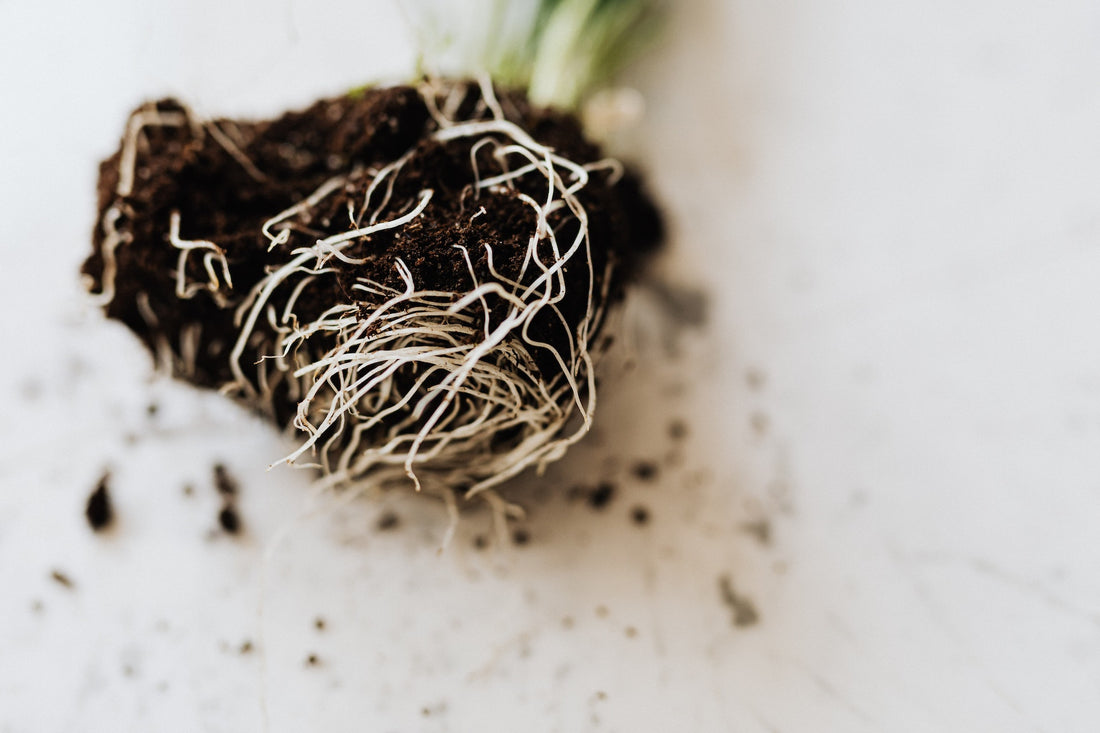Hydroponic systems represent a remarkable solution for space-saving, soilless agriculture. To achieve optimal plant health and yield in hydroponic systems, most plant nutrients are supplied through nutrient solutions. This guide will explore the various approaches to creating nutrient solutions, focusing on fertilizer programs, nutrient solution recipes, and complete fertilizers. Ready to dive in?
Fertilizer Programs: An Overview
Let's start with fertilizer programs. These are designed to provide a complete nutrient profile for your hydroponic crops and typically include macronutrient supplements. They are unique to each hydroponic crop, offering a tailored solution to meet the nutrient needs of each plant species.
The Hydro-Gardens Chem-Gro Tomato Formula
Take, for example, the Hydro-Gardens Chem-Gro tomato formula, a popular fertilizer program tailored for hydroponic tomatoes. This fertilizer formula boasts an analysis of 4-18-38 and contains essential elements such as magnesium and micronutrients. To create the nutrient solution, the Chem-Gro formula is supplemented with calcium nitrate and magnesium sulfate according to the growth stage of the tomatoes.
Pros and Cons of Fertilizer Programs
Fertilizer programs are favored due to their ease of use, minimal fertilizer ordering, and little need for mathematical calculations. However, their rigidity poses a drawback: they lack easy adjustments of individual nutrients and don't account for nutrients already in the water source. Additionally, they may be more costly than nutrient solution recipes.
Nutrient Solution Recipes: A Comprehensive Approach
Moving on to nutrient solution recipes, they differ from fertilizer programs by specifying the exact quantity of each nutrient to add to the solution. These recipes are highly adjustable, allowing for modifications based on foliar analysis and water source nutrients.
An Example: Modified Sonneveld Solution Recipe
One widely recognized recipe is the Modified Sonneveld Solution, commonly used for herbs. This solution lists the ppm of several nutrients such as Nitrogen, Phosphorous, Potassium, Calcium, and various micronutrients. The decision of which fertilizers to use falls to the grower.
Benefits and Drawbacks of Nutrient Solution Recipes
The major advantage of nutrient solution recipes lies in their flexibility and cost-effectiveness. They can be intimidating for some, though, given the necessity for precise calculations and measurements.
The Complete Soluble Fertilizer Approach
Finally, some growers opt for a complete soluble fertilizer approach, supplying all nutrients via a single fertilizer based on the nitrogen needs of the crop.
The Pros and Cons of Using a Complete Fertilizer Only
This approach is arguably the simplest, requiring only one fertilizer purchase and injector. However, it may not provide a balanced nutrient profile for plants and can leave out essential elements like magnesium and calcium.
How to Choose Fertilizers for Your Hydroponic System
Regardless of the chosen approach, selecting the right fertilizers is crucial. Factors like solubility, cost, and market availability come into play.
Factors to Consider: Solubility, Cost, and Availability
Solubility refers to the quantity of a substance that dissolves in a solvent (in this case, water). It's a crucial factor as it determines how well the fertilizer will dissolve in the irrigation water.
Understanding Solubility of Different Fertilizers
For instance, Calcium Nitrate, a commonly used fertilizer, has a solubility of 121.2 g/100 ml in cold water, while Ammonium Nitrate has a solubility of 118.3 g/100 ml.
Cost and Availability of Fertilizers
Cost and availability are equally crucial. Different fertilizers come at varying costs, and not all are readily available. It's advisable to opt for greenhouse-grade fertilizers due to their higher purity and solubility.
The Role of Nitrate and Ammonium in Hydroponics
When choosing a fertilizer, consider whether it's nitrate- or ammonium-based. The choice between nitrate and ammonium can impact plant growth, with ammonium fostering quick growth, and nitrate promoting slower, more controlled growth.
Nutrient Solution Concentration and Fertilizer Compatibility
Next, let's talk about nutrient solution concentration and fertilizer compatibility. Nutrient solutions can either be normal strength or concentrated. However, when dealing with concentrated nutrient solutions, some nutrients can form precipitates that clog drip lines.
Dealing with Concentrated Nutrient Solutions
To avoid this, it's best to use two stock tanks for nutrient solutions. The general rule is to keep calcium separate from phosphates and sulfates to avoid precipitation.
Keeping Nutrients in Solution
Keeping nutrients in solution can be challenging, especially when dealing with fertilizers with low solubility. Agitation can help improve solubility. Whether it's a propeller-type implement connected to a motor for large tanks, a circulating pump, or an air pump for smaller tanks, agitation can ensure nutrients stay in solution.
Conclusion: Making the Right Choices for Your Hydroponic System
There's no one-size-fits-all approach to nutrient solutions in hydroponic systems. Each system and crop will require a unique balance of nutrients, requiring careful consideration of factors like cost, solubility, and specific crop needs. Whether you opt for a fertilizer program, nutrient solution recipe, or a complete soluble fertilizer approach, understanding your system and crops' needs will enable you to make the best choices for successful hydroponic growing.
FAQs
-
What is a fertilizer program in hydroponics? A fertilizer program involves using a complete fertilizer, usually supplemented with macronutrients, tailored for specific hydroponic crops.
-
What are nutrient solution recipes? Nutrient solution recipes provide specific quantities of each nutrient required for a crop's growth. Growers choose which fertilizers to use based on the recipe.
-
What is the complete soluble fertilizer approach? This approach involves using a single, complete soluble fertilizer to provide all nutrients. The nutrient supply is usually based on the nitrogen needs of the crop.
-
What factors should I consider when choosing fertilizers for hydroponics? Consider factors such as solubility, cost, market availability, and the specific nutrient requirements of your crops.
-
What is the difference between nitrate and ammonium fertilizer? Nitrate fertilizer tends to slow down vegetative growth and is better suited for colder seasons or when slower growth is desired. On the other hand, ammonium is used immediately by the plant and is better suited for summer or when quick growth is required.
